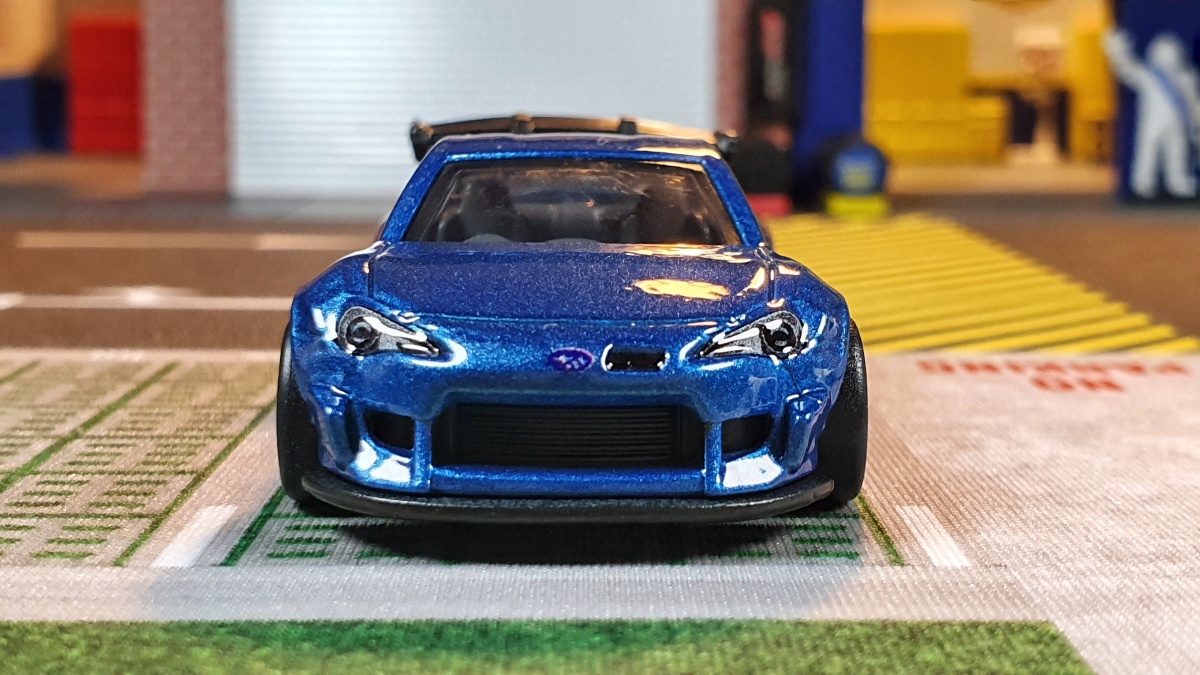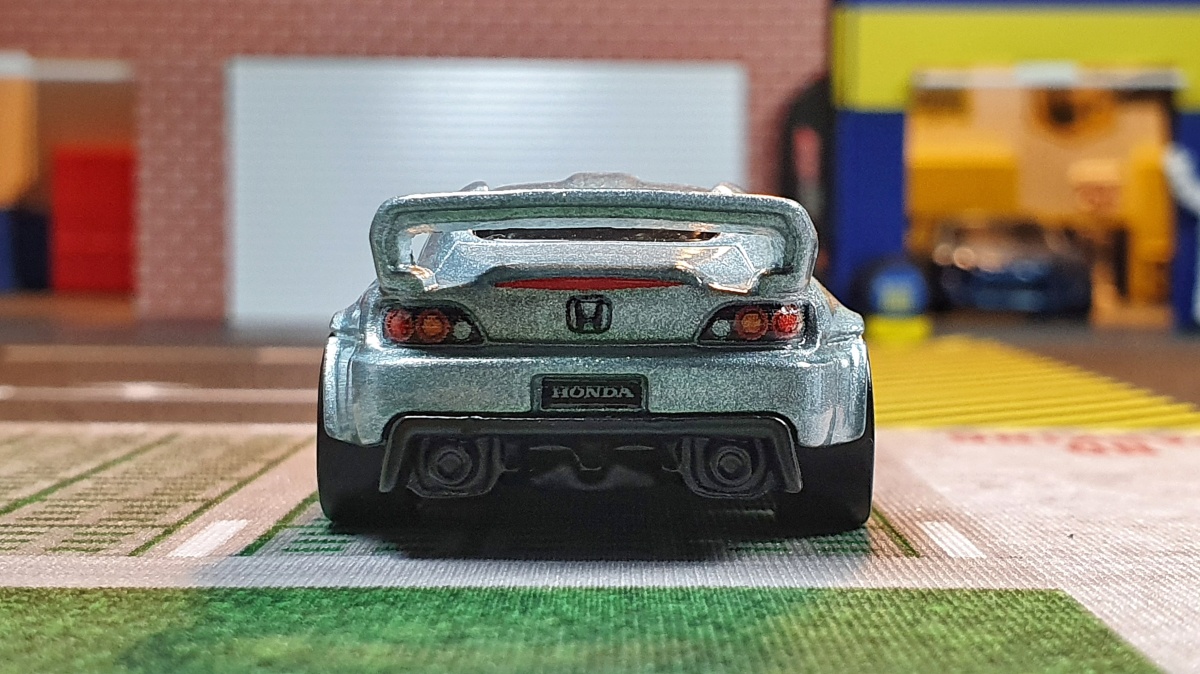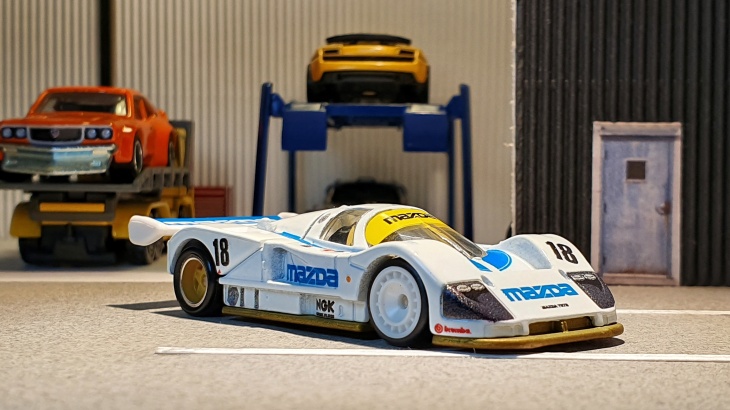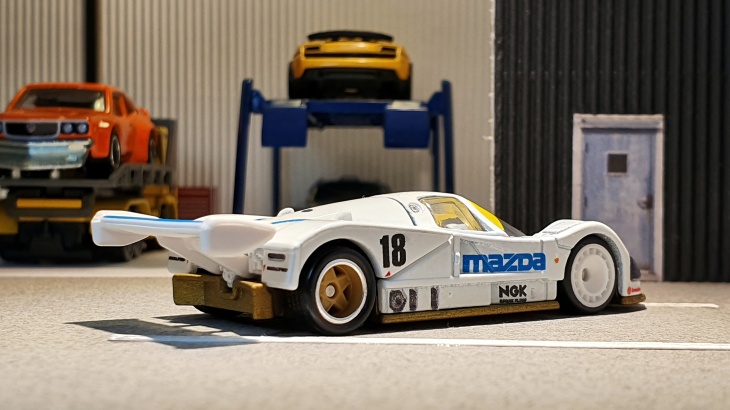The last of the Street Tuners is the Subaru BRZ. But this is not just a BRZ, it is the Pandem Subaru BRZ. Pandem makes crazy body kits for cars and Hot Wheels actually did a good job with this one.

Subaru Pandem BRZ front quarter profile
The car is based on the Scion FR-S, the car better known as the Toyota GT 86. Mechanical siblings, the Toyota GT-86, Subaru BRZ, and Scion FR-S, they all share the Boxer engine from Subaru as a joint venture between Subaru and Toyota. The result is a back-to-basics sports car that is low-cost, easy to maintain, and most importantly, fun and sporty to drive.

Subaru Pandem BRZ side profile
The difference of course is the Pandem body kit on this latest iteration by Mark Jones for Hot Wheels. They nailed the body kit on this casting. Front and rear bumpers, side skirts, canards, front lip, diffusers, wide-body, and the humongous rear wing. This is highlighted in the simple but effective blue paint job on the car. Other highlights include detailed headlights and taillights and a distinct Greddy logo on the rear number plate. No Car Culture casting would be complete without Real Rider wheels, and the Pandem BRZ will not disappoint with those black RR6SPM wheels.

Subaru Pandem BRZ rear quarter profile
The whole Street Tuners series was spectacular. The 180SX could have done better, to be honest, but it was a great addition to the series and really completes that JDM vibe. As with the rest of the cars in the series, the BRZ is a keeper.








